Site menu
Section categories
| PORTABLE SOFTWARE |
| SOFTWARE |
| SARADADDY REPACK GAMES |
| PC GAMES |
| KIDS GAMES |
| VIDEO TUTORIALS |
| MOVIES |
| ANIMATED MOVIES |
| e-BOOKS |
| Hidden Object Games |
| Dash / Time Management |
| Casino Games |
| MAHJONG |
Statistics
Total online: 3
Guests: 3
Users: 0
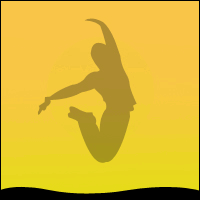
PC Games List
Portable Software List
Kids Games List
VIDEO COURSES
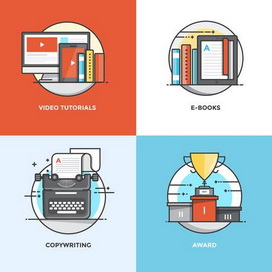
TUTORIALS
1000+ e-BOOKS

1000+ MOVIES


Main » 2018 » June » 11 » C++ for EvEryonE Second Edition
15:29:13 C++ for EvEryonE Second Edition |
C++ for EvEryonE Second Edition  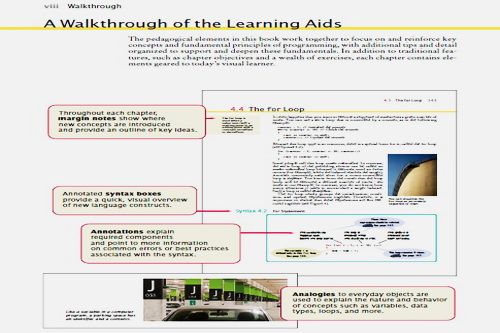 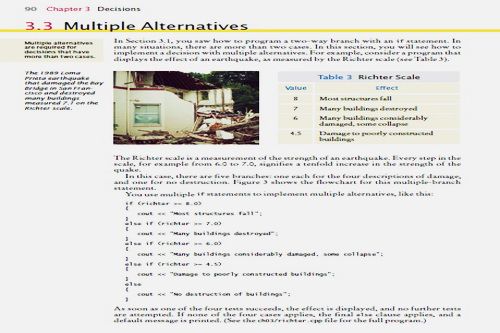 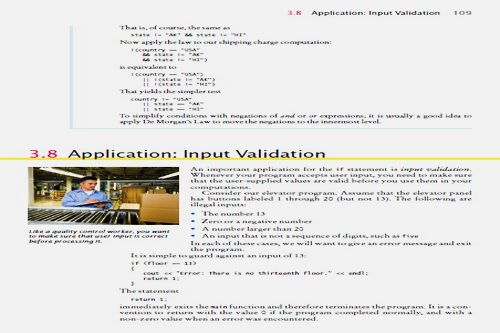 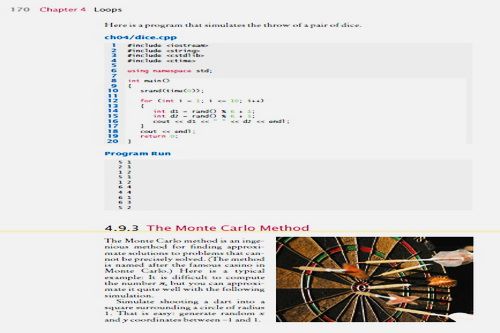 Size : 21 Mb Author : Cay Horstmann Format : PDF Pages : 534 This book is an introduction to C++ and computer programming that focuses on the essentials—and on effective learning. The book is designed to serve a wide range of student interests and abilities and is suitable for a first course in programming for computer scientists, engineers, and students in other disciplines. No prior programming experience is required, and only a modest amount of high school algebra is needed. Here are the key features of this book: Guidance and worked examples help students succeed. Beginning programmers often ask "How do I start? Now what do I do?” Of course, an activity as complex as programming cannot be reduced to cookbook-style instructions. However, step-by-step guidance is immensely helpful for building confidence and providing an outline for the task at hand. "Problem Solving” sections stress the importance of design and planning. "How To” guides help students with common programming tasks. Additional Worked Examples are available online. Practice makes perfect. Of course, programming students need to be able to implement nontrivial programs, but they first need to have the confidence that they can succeed. This book contains a substantial number of self-check questions at the end of each section. "Practice It” pointers suggest exercises to try after each section. At the end of each chapter, you will find a great variety of programming assignments, ranging from simple practice problems to realistic applications. Teach computer science principles, not just c++ or object-orientation. This book uses the C++ programming language as a vehicle for introducing computer sci ence concepts. A substantial subset of the C++ language is covered, focusing on the modern features of standard C++ that make students productive. The book takes a traditional route, stressing control structures, procedural decomposition, and array algorithms, before turning to the design of classes in the final chapters. A visual approach motivates the reader and eases navigation. Photographs present visual analogies that explain the nature and behavior of computer concepts. Step-bystep figures illustrate complex program operations. Syntax boxes and example tables present a variety of typical and special cases in a compact format. It is easy to get the "lay of the land” by browsing the visuals, before focusing on the textual material. Focus on the essentials while being technically accurate. An encyclopedic coverage is not helpful for a beginning programmer, but neither is the opposite— reducing the material to a list of simplistic bullet points. In this book, the essentials are presented in digestible chunks, with separate notes that go deeper into good practices or language features when the reader is ready for the additional information. You will not find artificial over-simplifications that give an illusion of knowledge. Problem Solving Strategies This edition adds practical, step-by-step illustrations of techniques that can help students devise and evaluate solutions to programming problems. Introduced where they are most relevant, these strategies address barriers to success for many students. Strategies included are : • Algorithm Design (with pseudocode) • First Do It By Hand (doing sample calculations by hand) • Flowcharts • Test Cases • Hand-Tracing • Storyboards • Reusable Functions • Stepwise Refinement • Adapting Algorithms • Discover Algorithms by Manipulating Physical Objects • Draw a Picture (pointer diagrams) • Tracing Objects (identifying state and behavior) • Discovering Classes optional Engineering Exercises End-of-chapter exercises have been enhanced with problems from scientific and engineering domains. Geared to students learning C++ for a technical major, the exercises are designed to illustrate the value of programming in those fields. Additional exercises are available on the book’s companion web site. New and reorganized Topics All chapters were revised and enhanced to respond to user feedback and improve the flow of topics. Loop algorithms are now introduced explicitly in Chapter 4. Debugging is now introduced in a lengthy Worked Example in Chapter 5. Arrays are covered before vectors are introduced in Chapter 6, and a new section on vector algorithms builds on the array algorithms presented earlier in the chapter. A new optional section on structure types is now in Chapter 7. New example tables, photos, and exercises appear throughout the book. Check links with this FILEFACTORY LINK CHECKER  If links are dead, please leave comment in the post.  http://www.filefactory.com/file/7gt7fkf3uq0x/ |
|
|
| Total comments: 0 | |











